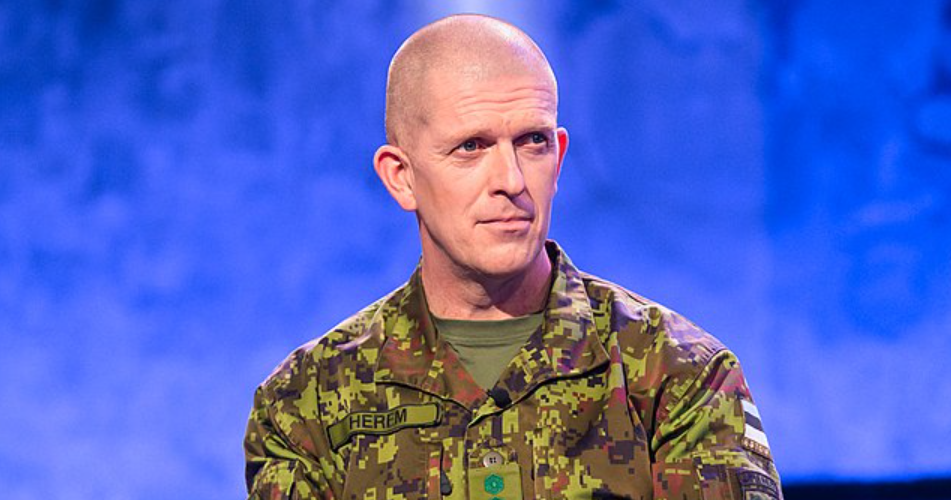Estonian Military Chief Outlines Four Key Factors to Gauge Russian Threat to NATO.
Others are reading now
Estonian Armed Forces Commander-in-Chief General Martin Herem has identified four crucial factors necessary for Russia to pose a genuine threat to NATO, as reported by the Estonian news outlet ERR on January 23.
Herem emphasized that the likelihood of a Russian threat becoming a reality hinges on these factors. Firstly, Russia must withdraw a significant portion of its forces from Ukraine, specifically around 300,000 of the estimated 400,000 troops currently deployed.
Secondly, Russia would require a recovery or adaptation period. Given the current state of the Russian military and societal support, this recovery is estimated to take at least a year.
Thirdly, even if Russia recuperates within a year and the situation in Ukraine stabilizes, an additional global catalyst, such as a super-pandemic, an economic meltdown, or conflicts in regions like Taiwan or the Balkans, would be necessary for Russia to exploit such global instability.
Also read
The fourth and controllable factor is the West’s state of preparedness for a potential invasion. “The better prepared we are, the less likely Russia will try it,” Herem stated, adding that lack of preparedness could make an invasion more probable. He projected a timeline of three to five years, considering Russia’s current involvement in Ukraine and its unlikely withdrawal in the near future.
Moreover, Herem noted that Russia has not only maintained its troop strength in Ukraine but also significantly enhanced its military-industrial complex. He warned that Russia’s shell production has multiplied compared to the previous year.
This analysis aligns with concerns expressed by other military leaders, including Norwegian Armed Forces Commander-in-Chief Eirik Kristoffersen and Dutch Admiral Rob Bauer, chairman of the NATO Military Committee. They emphasized the need for militaries and civilians to prepare for a potential full-scale conflict with Russia, which could significantly impact everyday life.
Echoing these sentiments, Germany’s Defense Minister Boris Pistorius called for Europe to ensure its defense capabilities against emerging military threats by the end of the decade. Additionally, there are apprehensions about a possible Russian attack on Europe towards the end of 2024 or early 2025, coinciding with the US presidential elections.
These warnings precede NATO’s largest exercise since the Cold War, named Steadfast Defender, involving approximately 90,000 troops across Europe, aimed at practicing defense against a potential Russian invasion.


